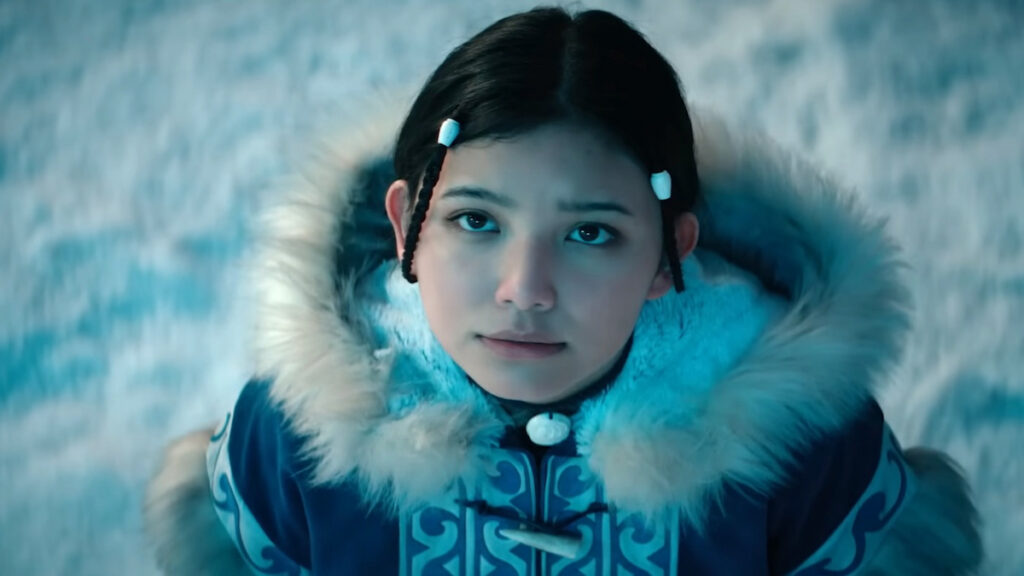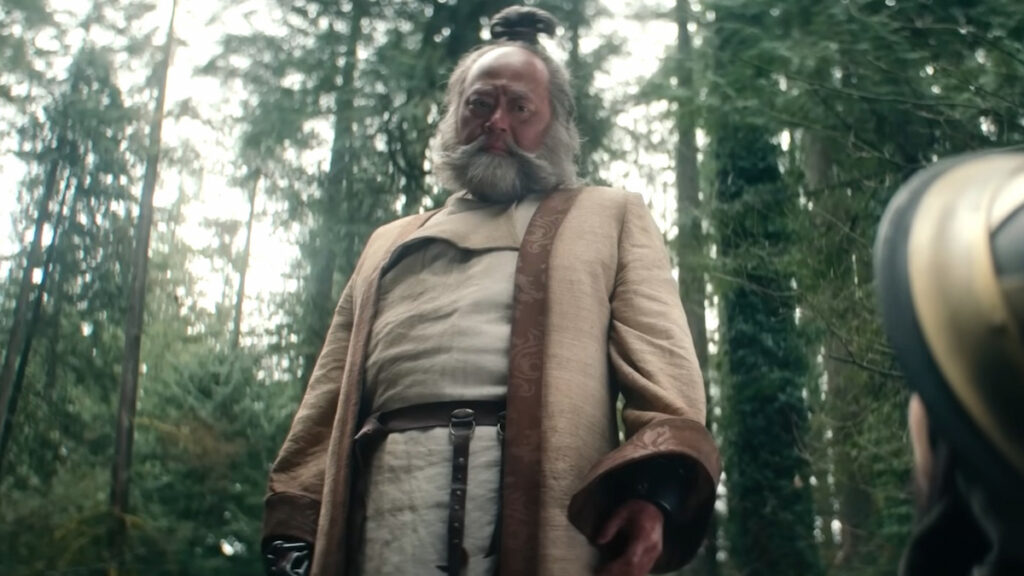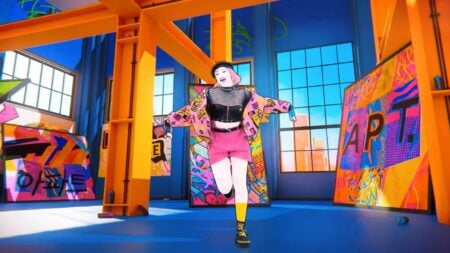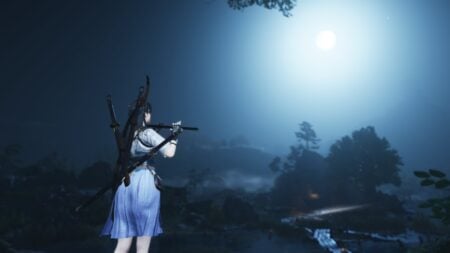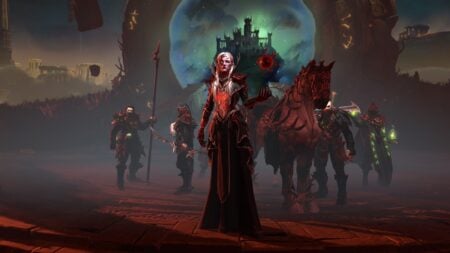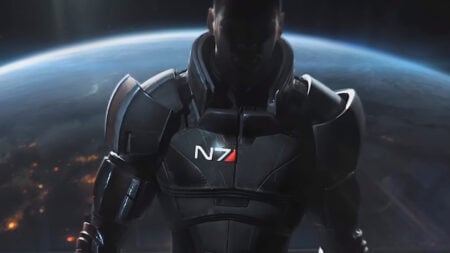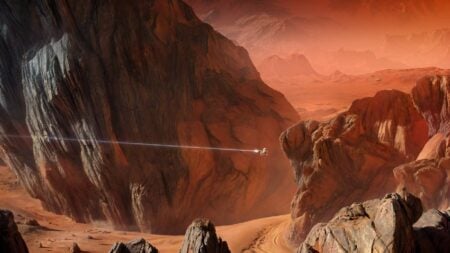Skip To...
It’s been 14 years since we last saw a live-action adaptation of the hit Nickelodeon animated series, Avatar: The Last Airbender. Netflix has taken a stab at translating the four nations of Avatar into live-action, giving the story more room to breathe in an eight-episode first season lasting just over seven hours. Gordon Cormier (The Stand) plays the young Avatar, a twelve-year-old airbender named Aang. Ian Ousley (13 Reasons Why) and Kiawentiio (Anne) play his newfound friends from the Southern Water Tribe, siblings Sokka and Katara.
Avatar: The Last Airbender follows Aang and his friends as he attempts to learn the other three elements (water, earth, and fire), to ultimately defeat the Fire Nation and bring peace to the world. Unfortunately, he finds out that the Avatar State accidentally froze him for an entire century, allowing the Fire Nation to wreak havoc with nobody around powerful enough to stop them. After seeing a vision that dooms the Northern Water Tribe, Aang and his friends make their way there first with the hope that he can save the tribe and get a start on waterbending.
Is It Avatar: The Last Airbender?
For many people, the original Avatar: The Last Airbender is one of the best animated series ever made. The characters, world, music, and story in the original are brilliant. Because it’s an adaptation of that show, Netflix’s Avatar also has some of these elements, although the overall presentation isn’t as compelling. Aang, Katara, and Sokka are all pretty good versions of those characters on paper. However, even though their voices, costumes, and facial expressions are the spitting image of their animated counterparts, the writing, and their performances simply aren’t at the same level.
On Team Avatar’s trails are numerous members of the Fire Nation, Prince Zuko (Dallas Liu), Uncle Iroh (Paul Sun-Hyung Lee), and Commander Zhao (Ken Leung), all under the command of Fire Lord Ozai (Daniel Dae Kim). While at times Leung gives an over-the-top bad guy performance, all of the Fire Nation actors listed here gave great performances, even if at times the writing waffled into exposition. The Fire Nation sections of the season were my favorite because they felt additive and fresh when they weren’t directly adapting scenes from the original show.
None of the characters, aside from Zuko and Iroh, felt like they developed at all. Katara’s abilities don’t seem earned as much as inherited, and Sokka has the same one-note protection complex. Zuko feels like a conflicted character, while Iroh’s regret is evidenced throughout multiple episodes. Netflix’s Avatar also doesn’t effectively convey how conflicted Aang is between his longing for a normal childhood and his responsibilities as the eponymous Avatar. Exposition – especially by the prior Avatars – attempts to sum up his feelings, but without showing us why he’s conflicted, his character just doesn’t work.
The Trouble With Adapting
The biggest negative to come from this season was a clear attempt to appease fans of the original series by loading it with inconsequential references, while also substantially upending the story. Every reference to the cabbage cart, the secret tunnel, or the white lotus made me think that the creators wanted me to point at my screen. The issue is that it doesn’t feel authentic. The references feel like an attempt at misdirection, waving a hand in front of your eyes so you don’t realize how many changes are happening. This would have been fine if they didn’t feel so overt.
It feels like the show wanted to be both for new fans and old fans alike. But, Avatar would have been far better if it had committed one way or the other. From the very beginning, the show is clear that it will not follow the original series’ path. The new elements brought into the show are mostly fine, and sometimes they’re even great. The added subplot with Zuko and the extra circumstances regarding his Agni Kai was genius and a genuinely fantastic addition to the narrative.
On the other hand, opening the series with the massacre and genocide of the airbenders was a disastrous misstep. Starting with such a brutal and violent sequence undermined any of the light the series could have going forward. Instead, you’re left with a majorly one-note show. Our heroes need to go on their journey to save the world, that’s it. Sure, they meet people along the way, but everything else seems inconsequential as Aang focuses on his new main goal, stopping the Fire Nation from taking out the waterbenders as they did to his airbenders.
All the Air Out of the Room
Aang’s character also feels severely underdeveloped when it comes to the slaughtered air nomads. Yes, he feels bad about not being able to save them – not that he would have been able to. So much so that he ends up communicating with them in the Spirit World. But, when push comes to shove, he doesn’t commit to fighting or training. By the time we reach the Northern Water Tribe, Aang doesn’t come across as powerful. The prior Avatars, the Avatar State, and occasionally Zuko are the ones who end up getting him out of serious trouble. He doesn’t really do anything.
Of course, the world Avatar: The Last Airbender builds is one of incredible power, with some unique techniques and devastating attacks being a part of that. For the most part, the visual effects were enough to demonstrate how fierce some of those attacks and techniques are. The waterbending rarely looked visually interesting because water isn’t that interesting to look at. However, the evolved ice techniques, the firebending, and the airbending were all executed pretty well. Both the visual effects and choreography worked hand in hand to make all the fights look realistic, while still staying true to the visual look of bending.
But, the final fight in the Northern Water Tribe looked a tad too computer-generated. The cinematography in the final episode also felt odd as well, likely a result of colors mixing with what looked like a poor black-and-white effect. It’s worth noting that I thought Momo and Appa – Aang’s two furry friends – were animated quite well, as well as the spirits in the Spirit World, and Nyla, June’s (Arden Cho) tracker. All of the creatures, or creature-like beings, were animated so well that they never felt too out of place in that world.
It’s All About Balance
Speaking of June, it’s also worth pointing out that the side characters were handled to varying degrees. June, Princess Yue (Amber Midthunder), and Suki (Maria Zhang) are compelling in their arcs. But, the Mechanist (Danny Pudi) and Jet (Sebastian Amoruso) didn’t feel additive in the least. Their arcs are pushed together alongside King Bumi’s (Utkarsh Ambudkar), and this results in all three of those characters feeling quite muddled, which is a shame. King Bumi does have his moments, but his narrative never pulled me in, especially when compared to Zuko’s in the same episodes.
What surprised me the most about Netflix’s Avatar: The Last Airbender is how faithfully they created the looks of not only the characters but the places they visit. Omashu looks fantastic, as do the Water Tribes and the Fire Nation. I can’t think of a character in the show that weren’t clad in a near-identical costume to their animated counterparts, and they all looked great in live-action. The same goes for most of the hairstyles. It’s part of why the show is good at all, you do feel like you’re watching a live-action animated series at times.
A large part of the soundtrack also feels ripped from the animated series, largely because the main themes made it across to the live-action show. This was one of the ways the show cashes in on the original series. I found myself having emotional reactions to scenes, not because of how they were being portrayed, but because the score reminded me of how I felt watching the animated series. That aside, the score accompanied large set pieces and emotional moments quite well. Takeshi Furukawa did a decent job making his mark on the franchise’s music.
Did Avatar: The Last Airbender Save the World?
Narratively, if you take a look at the beginning of the season and the end of the season, not much has changed. The first season of Avatar: The Last Airbender felt like it existed to set up a second season of the show, which is a shame. Yet, everyone involved with the series should be commended that they were able to build a functional world, and a (maybe somewhat shaky) foundation to build on.
Netflix’s Avatar has its good moments and its bad moments, but it is worth watching. At the very least you’ll be disappointed that the show isn’t as good as the original. Or you could walk away ready for season two. What you absolutely can’t deny is that this live-action adaptation did get some things right. But, if you’re new to the franchise I’d recommend watching the animated series first as it’s superior in nearly every way. You can catch the full first season of Avatar: The Last Airbender on Netflix now.
Avatar: The Last Airbender
A visually accurate interpretation of the original series that remixes the source material with bad performances and poor plotting.
Pros
- Great hairstyling and costumes contribute to a visually stunning live-action version of the original series.
- Added subplots and storylines that add to the intrigue and give certain characters deep backstories.
- Commendable effects and music that help bring the world of Avatar to life.
Cons
- Poor writing, filled with references to distract you from exposition and a lack of development.
- Mostly below-the-bar performances that made the narrative feel inconsequential.
- Oddly paced plot that makes the first season feel like it's only a placeholder for season two.




